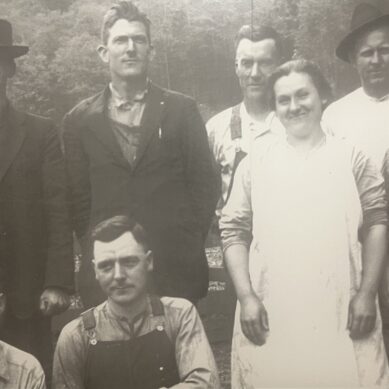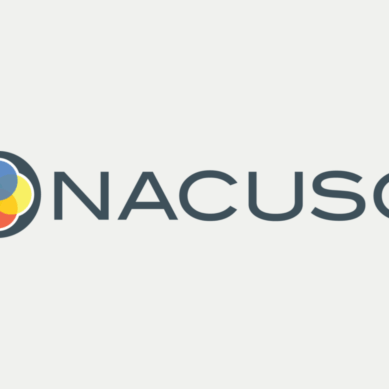Hamlet: Words, words, words.”
While seeming to trivialize text, Shakespeare’s most glorious legacy is his words.
The National Archives has just added two Foundation Documents to the three kept under glass in its Rotunda: the Declaration of Independence, the Constitution, and the Bill of Rights.
The two additional documents that can be seen in their original for only three days are the two emancipation proclamations. The first is Lincoln’s Emancipation Proclamation on January 1, 1863, as the nation approached its third year of the bloody civil war. The proclamation declared “that all persons held as slaves” within the rebellious states “are, and henceforward shall be free.”
The second is when General Order Number 3 was issued in Galveston, Texas, nearly 160 years ago. June 19th is the day the people of that city learned of the existence of the Emancipation Proclamation and its promise of freedom for enslaved people in the United States.
But it took more than a General’s Order as related in this article: “The last two sentences of General Order Number 3 stated, ‘the freedmen are advised to remain quietly at their present homes and work for wages. They are informed that they will not be allowed to collect at military posts and that they will not be supported in idleness either there or elsewhere.’
This foreshadowed the struggle for fair treatment and eventually led to the ratification of the 13th Amendment in 1865, which ended slavery in all states; the 14th Amendment in 1868, which provided citizenship, due process, and equal protection to all persons born or naturalized in the United States; and the 15th Amendment in 1870, which provided the opportunity to Black men to vote and hold office.”
What makes a foundation document?
The addition of the Emancipation Declaration to the three original Revolution-era documents shows that the American founding ideal of freedom is not won and done. It is an ongoing process subject to challenge and always a work in process.
The Archives Central Rotunda room is dark, cavernous, and the documents are barely visible in the light only as it would be illuminated by four candles.
Below the Rotunda is a more lively and historical description of rights, called the Rubenstein Gallery. One educational purpose of these multiple historical recountings of ongoing struggles is to document that freedom is fragile. It requires effort and constant vigilance.
Entering this exhibit are the words: “The great glory of American democracy is the right to protest for the right.” The major controversies and generation-long battles for equal rights are profiled in multiple contexts from slavery, women’s suffrage, union organizing, and Pride protests.
Do credit unions have founding documents?
How does the cooperative movement fit into America’s ever-evolving quest for greater individual and social freedom?
Certainly, fairness and economic equity have been an important part of the political debate from the very initial colonies. Building cooperative financial options to counter the overwhelming concentrations of capitalist power and control was an essential part of the democratic progressive era in the 19th century.
But do credit unions have “foundational documents” those words that are just words until someone begins to believe and transform them into relevant actions? Would words like “member-owned,” “people helping people,” or some longer original statement from Filene, Estes Park, or even later in credit evolution be critical to today’s decisions?
Many credit unions have an About section on their website providing the story of their beginnings. Some will even show continuity to the institution as it exists today.
The difference between a story which is just words, and a founding document, is that the latter still animates today’s leaders. There are people who believe that the credit union ideal, like freedom itself, is a never-ending struggle between the status quo from those in charge and those left out or behind.
Benjamin Franklin is quoted in the Rights exhibition: “There is truth in the old saying that if you make yourself a sheep, wolves will eat you.”
If a credit union has difficulty identifying its founding documents or words, it is not because these do not exist. It is because they have been forgotten or overridden or, more likely, just eaten by wolves.
To honor and celebrate those on whose shoulders we stand, professionally or personally, take a moment to find that family, organizational, or external expression that captures your purpose.
If you can’t readily identify one, you might link to this site and read through it for a moment of reflection. Credit union member rights, like all rights, only exist if someone believes in them and acts.























































